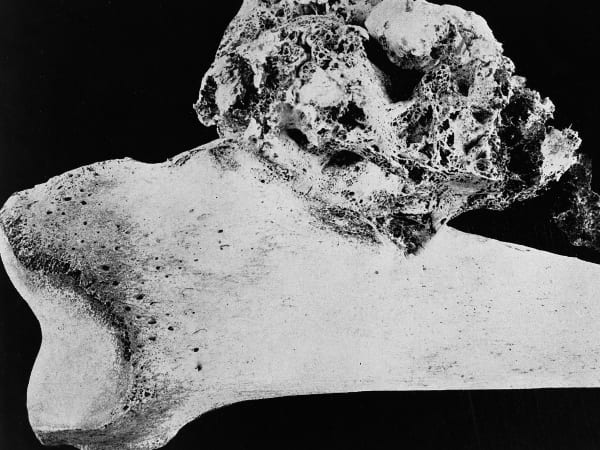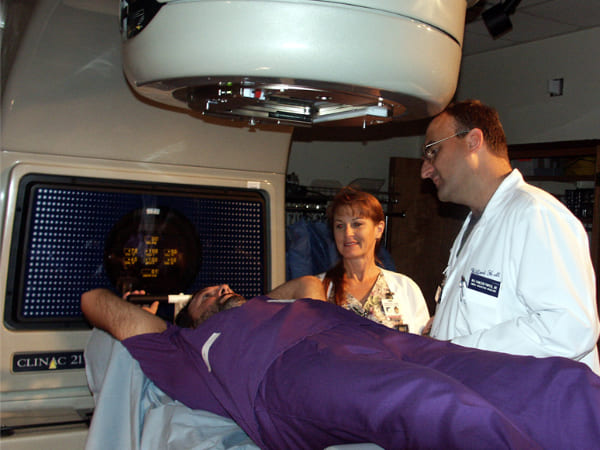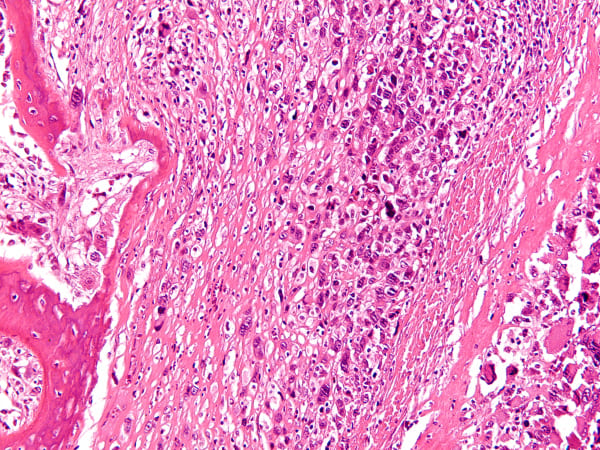Disorders Cure
oi-Neha Ghosh
on July 8, 2020
The trailer of the much-anticipated film Dil Bechara, starring late actor Sushant Singh Rajput and debutante Sanjana Sanghi was released on Monday (6 July). The film plot revolves around the journey of two lead characters, Kizie(Sanjana Sanghi), a cancer patient and Manny (Sushant Singh Rajput), a survivor of osteosarcoma, and how he teaches her to live life to the fullest. As soon as the film trailer was out, it got praises from fans and celebrities. Here’s what you should know about osteosarcoma, the disease Sushant Singh Rajput has in this film.
What Is Osteosarcoma?
Osteosarcoma (OS) also called osteogenic sarcoma is the most common type of bone cancer that affects 3.4 per million people worldwide every year. It is the third most common cancer in adolescents. Children under the age of 15 are also diagnosed with osteosarcoma and it is rare among children who are below five years of age. However, osteosarcoma can develop at any age [1].
Osteosarcoma develops in the cells that form bones. It most often affects the long bones like the ones found in the arms and legs. Osteosarcoma mainly occurs near the ends of the long bones, such as the femur (thigh bone) near the knee, proximal tibia (shin bone) near the knee and proximal humerus (upper arm bone) near the shoulder.
However, osteosarcoma can also occur in other parts of the body such as in the pelvis (hips), jaw and shoulder bones which is common in older adults [2], [3].

Causes Of Osteosarcoma
The causes of osteosarcoma are still not clear; however, a few factors are said to be the cause of osteosarcoma:
• Genetics – Impairment in the p53 and Rb (retinoblastoma) genes [4].
• Rapid bone growth – Osteosarcoma risk and rapid bone growth are linked. Young people who are having a growth spurt tend to have a higher risk of getting it [5].
• Radiation exposure – If a person has been exposed to radiation for the treatment for another type of cancer during childhood [6].

Types Of Osteosarcoma
According to the American Cancer Society, osteosarcoma can be classified as follows:
• High-grade osteosarcomas
• Low-grade osteosarcomas
• Intermediate-grade osteosarcomas [7]

Symptoms Of Osteosarcoma
• Bone or joint pain [8].
• Swelling and redness near the bone.
• A tumour that can be felt through the skin
• While lifting things you feel extreme pain in the arms.
• Limping.
READ RELATED: Here’s Who Can—and Should—Get the Monkeypox Vaccine Right Now
• Broken bone.

Risk Factors Of Osteosarcoma
• Previous radiation therapy treatment [9].
• Paget’s disease [9].
• Certain inherited conditions.
When To See A Doctor
If you experience any of the above-mentioned symptoms, consult a doctor immediately.

Treatment Of Osteosarcoma
• Surgery – All the cancerous cells and some of the healthy cells that are surrounded it are removed out of the affected bone. In some cases, limb salvage surgery is done to remove all of the cancerous cells and some surrounding healthy cells by keeping the limb intact. Amputation is another surgical procedure that is done by removing all or part of an arm or leg where the cancer cells have spread. An artificial limb is then fitted in place of that limb.
• Chemotherapy -It is a treatment that is used to kill cancer cells with the help of drugs. Currently, neoadjuvant chemotherapy is administered before surgery and after surgery, adjuvant chemotherapy is administered.
• Radiation therapy – This treatment uses high-energy rays to destroy cancer cells. A 2013 study showed that some patients with osteosarcoma who received extracorporeal irradiation (ECI) had shown effectiveness in preventing the disease from reoccurring again and also lowered the risk of infections [11].
• IFN immunotherapy – It is another treatment procedure for osteosarcoma that works by suppressing the tumour cells [12].

Common FAQs
Q. Who is most likely to get osteosarcoma?
A. Children and adolescents are at a higher risk. However, older adults can get it if they have a pre-existing condition like Paget’s disease or they have previously undergone radiation therapy.
Q. What is the survival rate of osteosarcoma?
A. The survival rate of osteosarcoma has increased to more than 65 per cent. But, if osteosarcoma has spread to the lungs or other bones, the survival rate becomes low.
Q. What does osteosarcoma pain feel like?
A. An osteosarcoma patient may experience a dull aching pain in the bone or joint around the tumour.
GET THE BEST BOLDSKY STORIES!
Allow Notifications
You have already subscribed
Source: boldsky blog




 9 Signs Of Bone Cancer Or Osteosarcoma In Children
9 Signs Of Bone Cancer Or Osteosarcoma In Children Cancer Pain: Causes, Types And How To Treat It
Cancer Pain: Causes, Types And How To Treat It





